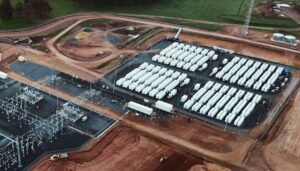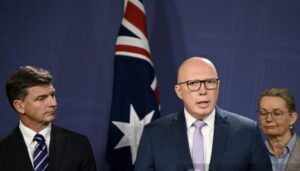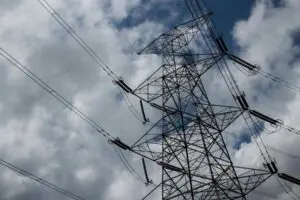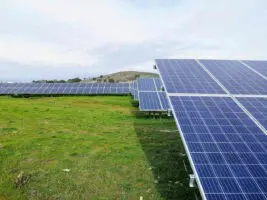We are just over two weeks into 2021, and any remaining morsels of hope that we might get some respite from the intensity of 2020 have well and truly vanished. COVID19 runs rampant across the UK, the US and Europe, the most powerful country in the world came freakishly close to a violent take-over by white nationalists, and Australia wants to murder a racing pigeon.
Most importantly, a big climate event is scheduled for November. To be held in Glasgow, in the United Kingdom, the 26th Conference of Parties (COP26) event will mean that climate will be a big deal this year; perhaps even bigger than it was in 2019. All eyes will be on where post-Covid recovery money is directed, because that will decide the trajectory of emissions as we try to wriggle our way out of the Covid quagmire around the world.
In Australia, election mode will begin soon. Some time before May 2022, possibly this year, another federal election will be held. With the next round of international climate talks COP26 scheduled for the end of this year, climate is going to play a big role in that again. Here are a few key things to watch out for.
What to do about transport?
Australia was meant to have a transport emissions strategy by now. The energy minister Angus Taylor promised this by the end of 2020, but nothing came, and nothing probably will for another few weeks or months. When it does, it isn’t likely to be particularly inspired. Already, the government has announced new subsidies for fossil fuels. What’s needed is a plan to enable Australians to realise the benefits of zero carbon transport options like electric vehicles, public transport, cycling and walking.
These are simple, mature technologies but all require strong government support.
Will the grid’s transitions accelerate?
Though all of Australia’s states have net zero targets, there is no guarantee of rapid action in the short term or real-world emissions drops at the rates required to adhere to science-based climate targets. In the National Electricity Market, for instance, emissions need to drop to near-zero by 2030, which will involve the rapid closure of coal-fired power stations and a much faster roll-out of renewables than is anticipated by even the most optimistic forecasts.
States have been taking action on this, such as New South Wales’ ‘Electricity Infrastructure Roadmap’, which will likely come under new pressure from conservatives and fossil fuel protectionists in 2021. But that doesn’t guarantee fast-enough change, and it’s going to take even more than these policies to get these electricity grids to fulfil their potential as massive engines of decarbonisation in 2021.
A big part of that will be whether the federal government announces a clear set of targets.
The question of targets
Australia has already faced a decent amount of scrutiny for failing to increase its 2030 Paris climate agreement targets. Last year, Boris Johnson pointedly excluded Australia from a speaking slot at a November climate summit, for this specific reason. The Paris targets are notoriously weak, and simply reflect where the country is headed on a ‘business as usual’ path, thanks to the growth of renewables and energy efficiency. Actual ambition would entail a target far lower than the 26% the government currently uses – around 60 – 65%, based on estimates from Climate Analytics.
What about 2050? The ‘net zero by 2050’ catch-cry is common, and provides a simple shorthand for a middle-ground of climate ambition. Many countries around the world have adopted this ambition, but are yet to flesh out short-term changes that result in real emissions reductions.
Australia’s Prime Minister Scott Morrison would surely be glad to join the club of countries setting distant ambitions without making any real, immediate changes, but even this empty symbolism would draw an intense rebuke from the more literal-minded wing of his party, who can’t see through the ruse.
It’s safe to predict that the government probably will end up wrangling a net zero target by the time COP26 rolls around, but they’ll simply draw a straight line past the weak Paris 2030 target out into the future, which will probably connect with the x axis around 2060-2075. This opens up what we can pre-emptively call the ‘China defence’, because the country has set a ‘net zero by 2060’ target, so why can’t Australia do the same thing, too? Of course, China is the planet’s largest single country source of emissions at the moment, and is turning around a ship far bigger than Australia; so the comparison is somewhat spurious.
Targets, even short term ones, aren’t everything. But they’re useful declarations of intent, and important signals for those investing in long term infrastructure. So keep your eye on them, in what’s set to be a very crazy year indeed.










